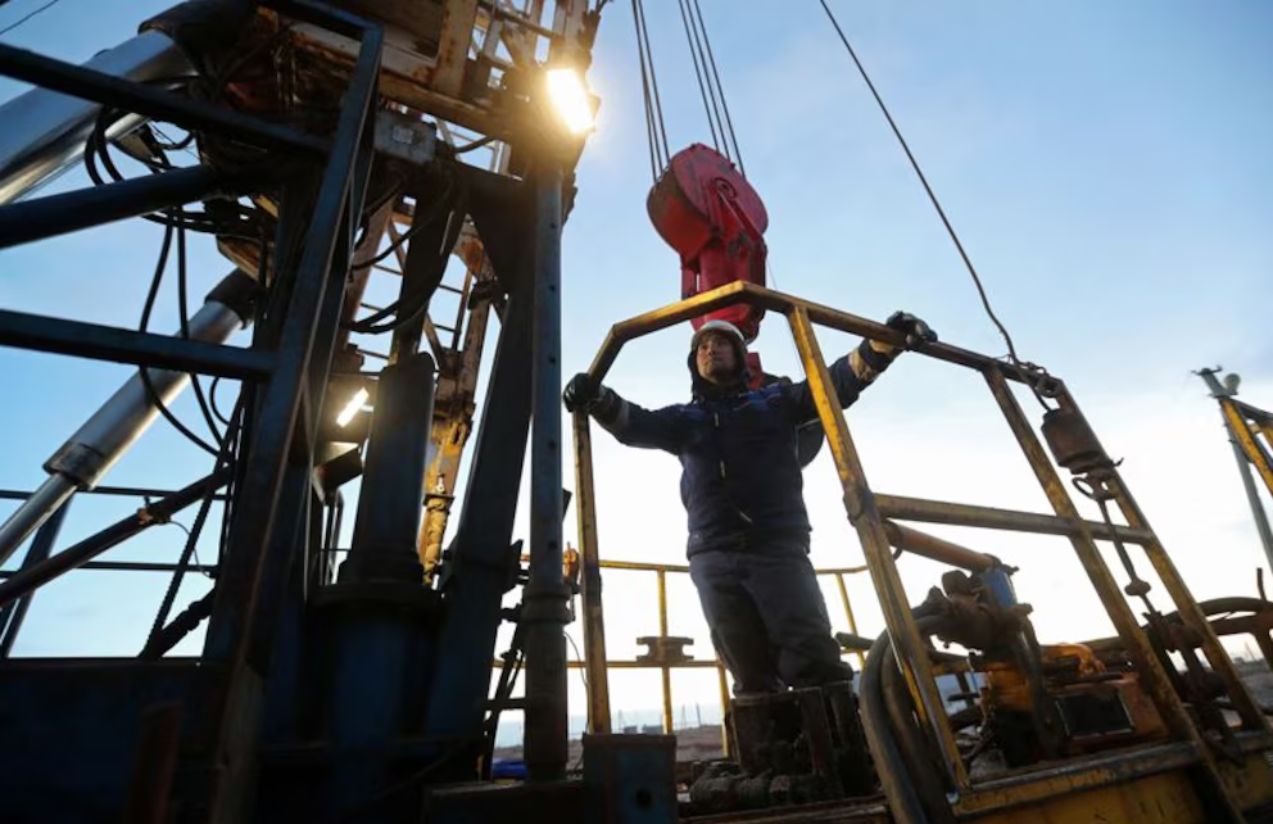Saudi Arabia, Russia, and six other members of the OPEC+ alliance surprised markets on Saturday by announcing a larger-than-expected increase in oil production starting in August 2025.
According to an official statement from the Organization of the Petroleum Exporting Countries (OPEC), the eight participating countries will adjust their collective output by 548,000 barrels per day compared to July production levels. The move—backed by Saudi Arabia, Russia, the United Arab Emirates, Kuwait, Iraq, Kazakhstan, Oman, and Algeria—far exceeds analysts’ expectations of a 411,000-barrel-per-day increase, the same figure agreed for May through July.
“The group is clearly moving toward a market share strategy,” said Jorge León, an analyst at Rystad Energy, in comments to AFP.
The OPEC+ alliance, which includes the 12 core OPEC members and key partners led by Russia, began cutting production in 2022 in a bid to support prices. However, in a strategic shift, the bloc began unwinding those cuts in May, easing pressure on global oil prices.
Crude oil, which was trading around $75 per barrel at the start of the year, has hovered between $65 and $70 since May.
OPEC cited “stable global economic prospects” and “solid market fundamentals reflected in low oil inventories” to justify the production hike. However, internal factors also played a role: the quota overproduction by countries like Kazakhstan and Iraq has added pressure within the alliance, according to UBS analyst Giovanni Staunovo.
Saudi Arabia, the dominant voice within the cartel, appears to be using the increase to pressure members exceeding their quotas—undermining group profits and limiting others’ ability to overproduce.
In May, despite the approved quota increase of 411,000 barrels, the bloc’s actual production rose by just 200,000 barrels, according to Bloomberg estimates.
Looking ahead, León believes OPEC+ could consider boosting output even beyond the gradual rollback of its 2.2 million-barrel-per-day cut, as prices remain “comfortably above $60 per barrel” amid a turbulent geopolitical backdrop.
In June, a 12-day conflict between Iran and Israel briefly pushed oil prices above $80. Israeli and U.S. strikes on Iran’s nuclear program, followed by Tehran’s retaliation, sparked fears of a potential closure of the Strait of Hormuz—a critical chokepoint through which about 20% of the world’s oil flows. That worst-case scenario, however, did not come to pass.
Still, the episode reinforced OPEC+’s decision to boost production “in the unlikely event that Iran’s production and export capacity is impacted,” said Ole Hansen of Saxo Bank.
The eight participating countries are set to meet again on August 3, 2025, to decide on September output levels, according to the OPEC statement. The cartel also includes Venezuela among its members.

